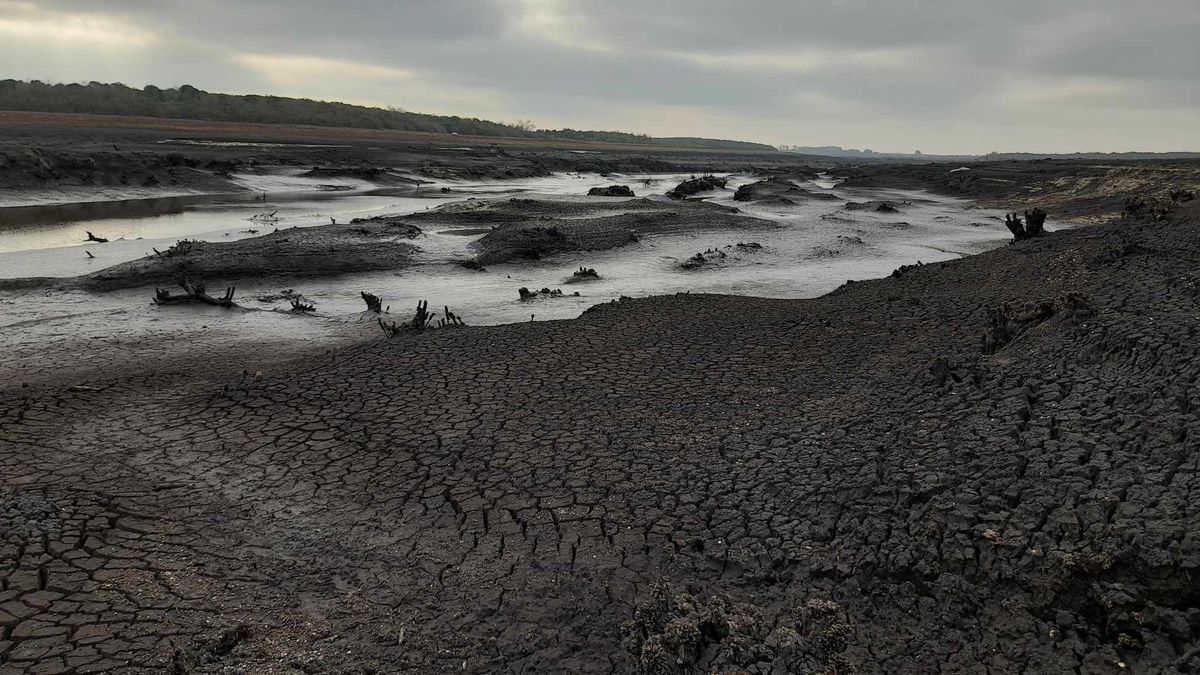The water reserves in the Severino Pass dam fell to 1.67% and that all the pumping lines that supply Montevideo and the metropolitan area registered chloride and sodium levels higher than the maximum recommended by the Ministry of Public Health (MSP), painting a grim picture in which rainfall is key to reversing it.
However, the forecasts are not encouraging. Weather experts disagree on when The boy with its rains it will come to Uruguay strongly, but they do agree on something: it will not be soon.
Mario Bidegainadviser to Uruguayan Institute of Meteorology (Inumet), estimated that the important rains will be recorded only in September, while other experts are more pessimistic. Nubel Cisneros He pointed out that the main models show abundant rainfall only for the end of November and the beginning of December.
Meanwhile, last night the rain reached the areas most affected by the worst drought in film years in the country. Inumet’s primary report marked an accumulated average in the Santa Lucia basin of 16.9 millimeters in the last 24 hours.
https://twitter.com/Estacion_bcp/status/1675574435011604482
Tremendous drought image from a drone of the Paso Severino Reservoir, Florida, #Uruguay in 2021 under normal conditions and now 2023
Via: Daniel Stonek pic.twitter.com/8KEfpM0oPl— Meteorology Station bcp (@Estacion_bcp) July 2, 2023
Meanwhile, over the Paso Severino dam and the Aguas Corrientes area, rainfall was 13.1 millimeters and 13.0 millimeters, respectively.
For the next few hours, new rains are forecast, but equally moderate, which will allow these areas to receive between 10 and 30 millimeters.
Regarding the emergency works ordered by the government in the framework of the water emergency, according to the director of the Broad Front (FA) in SBI, Edgardo Ortunothe temporary dam on the Santa Lucía river is almost finished, at the height of Belastiquí Pass, under the water treatment plant located in the town of Aguas Corrientes.
This infrastructure was planned to dam Santa Lucía water, which in that area is already salty because it mixes with that of the Río de la Plata, to be later pumped for purification.
Source: Ambito




